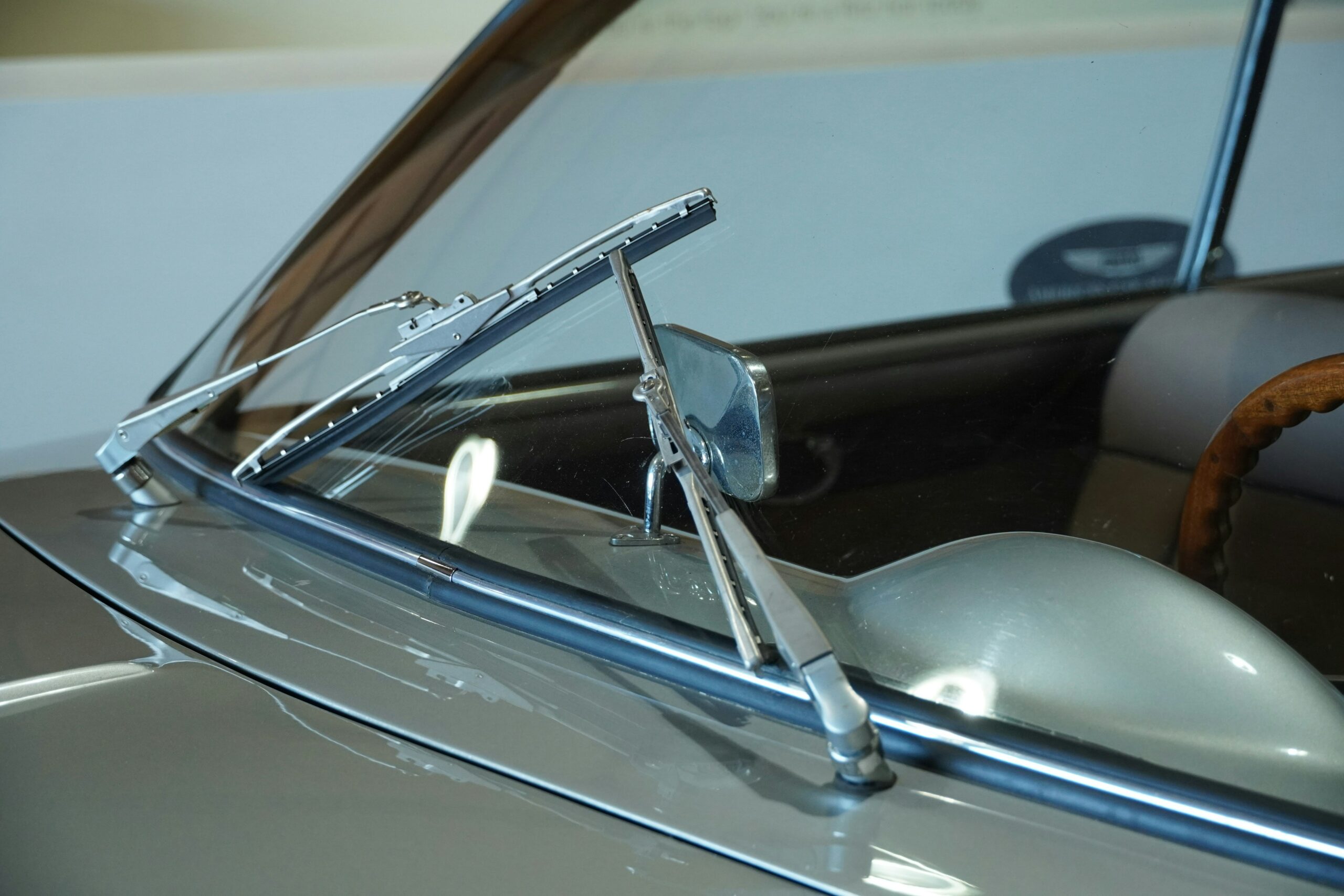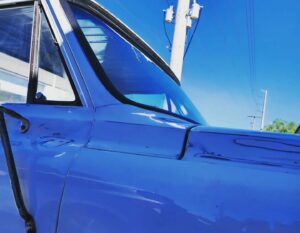Many things can be the cause of your broken windshield, from hail to debris on the road. All the same, this time of year, a damaged windshield can be especially dangerous. Extreme temperature changes and weather conditions can cause the damage to grow, which can be a problem on the road or an unpleasant discovery when scraping your windshield. You’ll want to take care of this issue right away to keep you safe and prevent further breakage. You have two options for how to do so: either repairing or replacing your windshield. However, there are certain points to factor into your decision, like size, depth, location, and impact.
Location
If your crack or chip is close to the frame of the windshield, it’s likely that you will need to replace it. Even minor damage that comes close to edges or corners can quickly worsen and spread due to vibrations and stress from travel. This can also present a safety issue as it can undermine the structural integrity of the glass. Additionally, your vehicle might have technological systems or components that are embedded in the windshield. To ensure sensors, automatic braking, or driver assistance systems work properly, replacement is the best course of action.
| Repair if: | Replace if: |
| The damage isn’t close to the edges of the glass | The damage is near to or touches an edge of the windshield |
Depth
Your windshield is made of laminated safety glass, which is, in basic terms, a piece of plastic sandwiched between layers of glass. If the damage penetrates through the plastic or inner layer of glass, it can’t be repaired. This also applies to a windshield with any damage on the interior glass, even if there’s no damage on the exterior.
| Repair if: | Replace if: |
| Only the outermost layer of the glass is damaged | The damage has reached the inner layer of glass |
Dimensions
There are limitations to what kind of damage can be fixed while still maintaining a safely operating vehicle. Chips or bullseyes where the damage begins can be fixed safely if they are up to 1 inch in diameter, as well as cracks from 12-14 inches in length.
| Repair if: | Replace if: |
| The crack is shorter than 12 inches, or the chip is smaller than 1 inch | The crack is longer than 14 inches or the chip is larger than 3 inches |
Safety & Visibility
Like most auto repair, the top priority when it comes to windshield repair or replacement is safety. Though you can generally continue to drive with a broken windshield for a short distance, you should try to solve this problem as soon as possible. Our car’s windshield is engineered as a key point to the structural integrity of the vehicle. When weakened by a crack or chip, your windshield cannot provide the protection it’s designed to.
Another key factor of your windshield is visibility. If it has been damaged in a way that intrudes on the driver’s safety, that’s naturally a safety risk, and in some states, is illegal. If the crack or chip is in the way of your view of the road, replacement is recommended.
| Repair if: | Replace if: |
| Fixing the damage won’t impact or reduce the safety of the car in case of a collision | The windshield is damaged in a way that impairs driver visibility |
We hope that, with this information, you can make the right decision for you and your vehicle so that you can be safe on the road. For more information visit https://grahamcollision.com.




